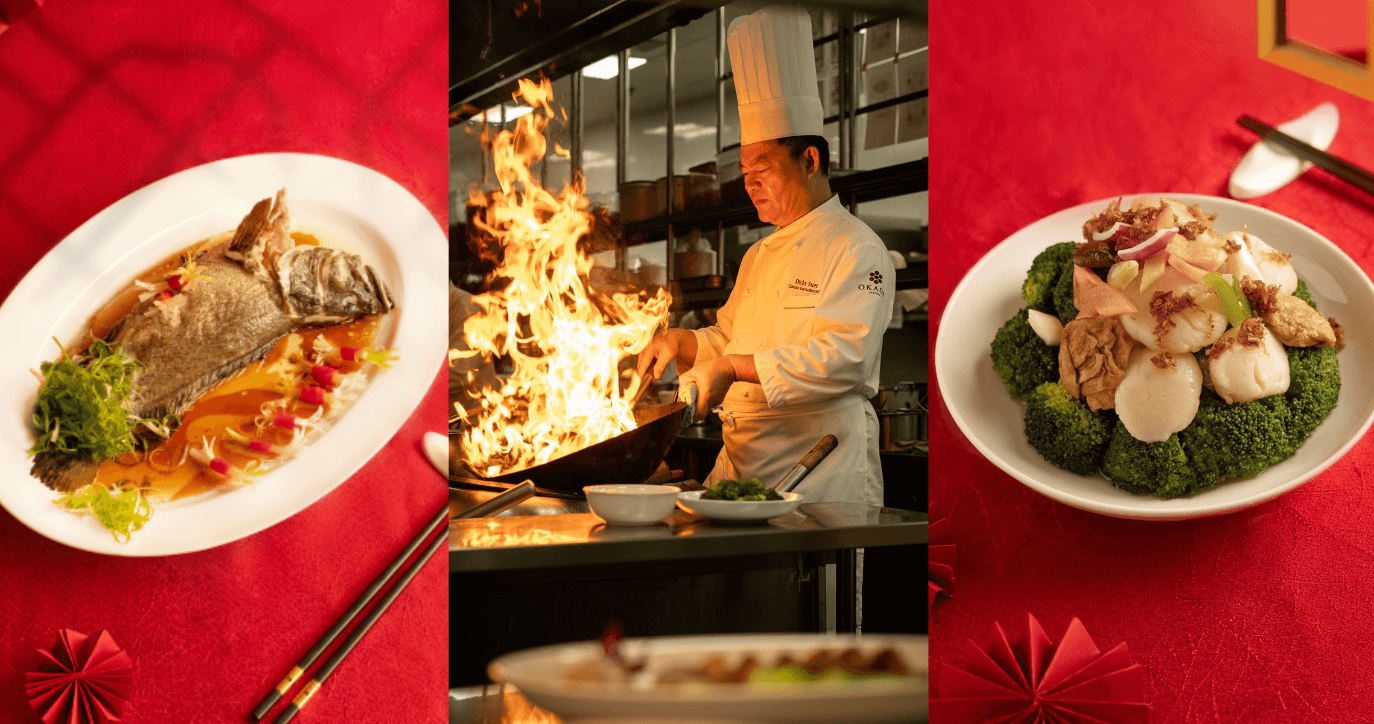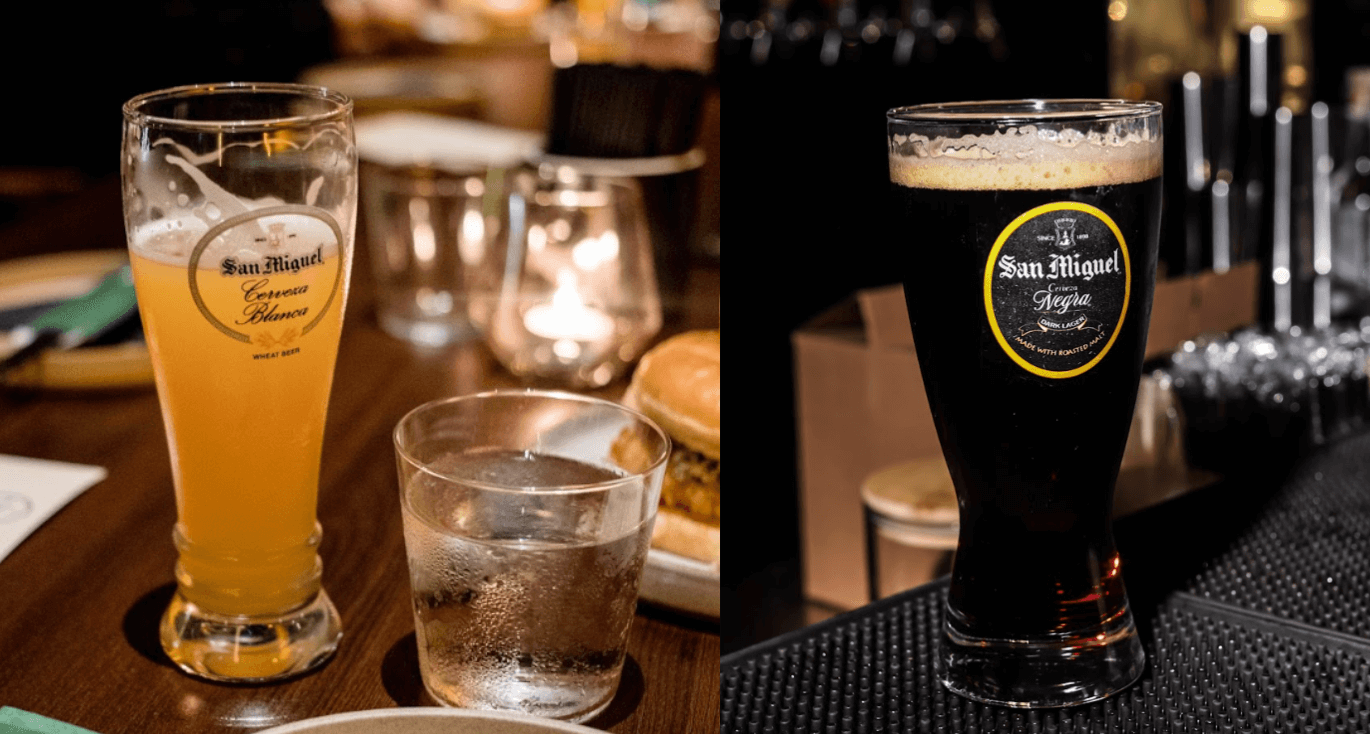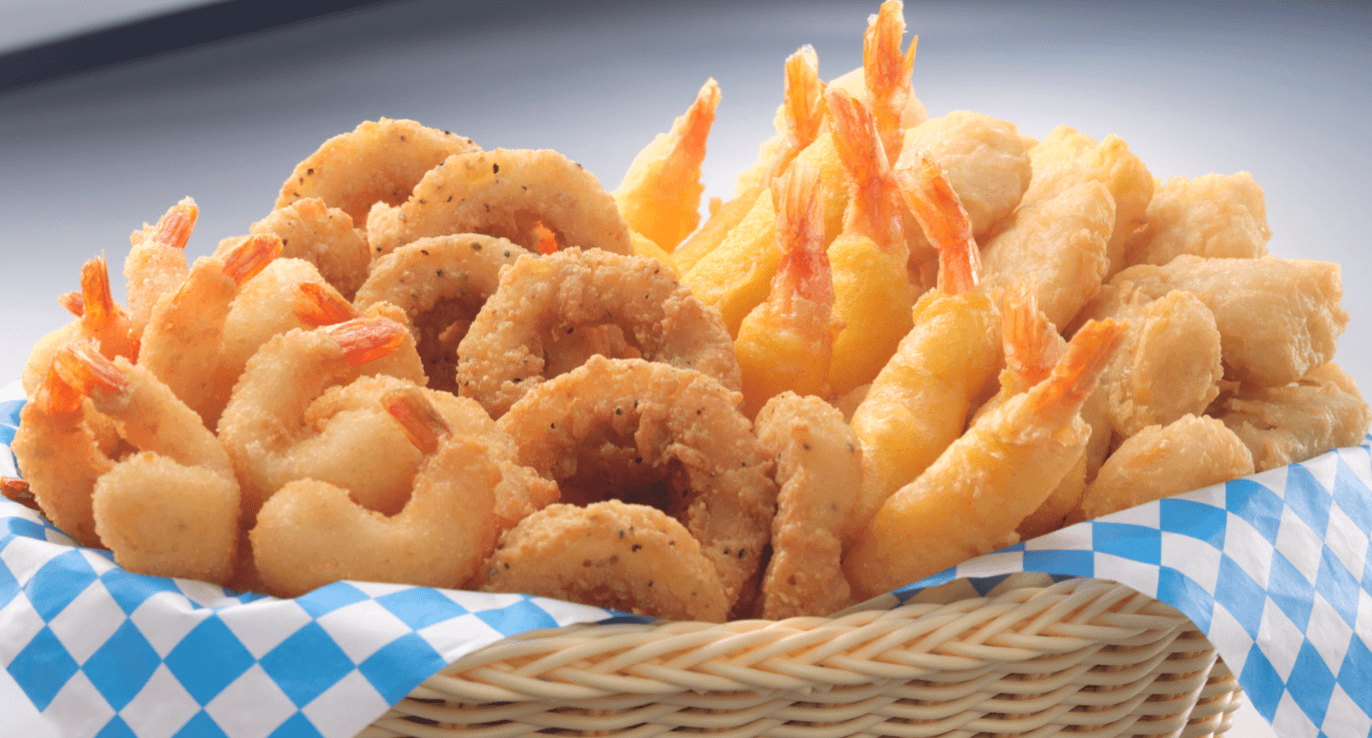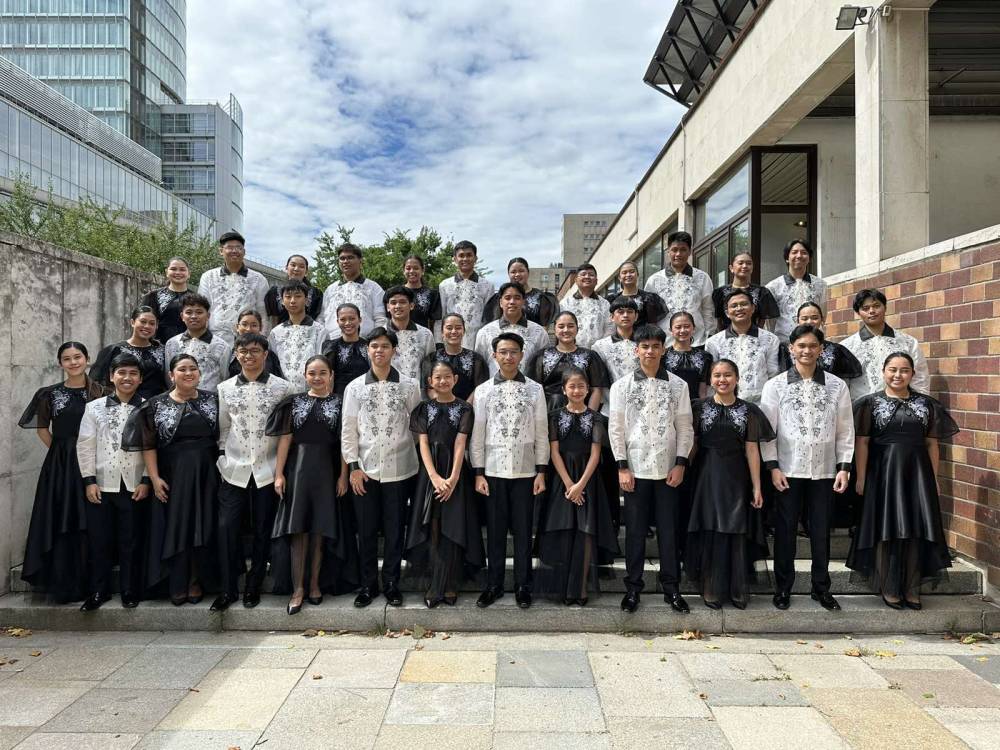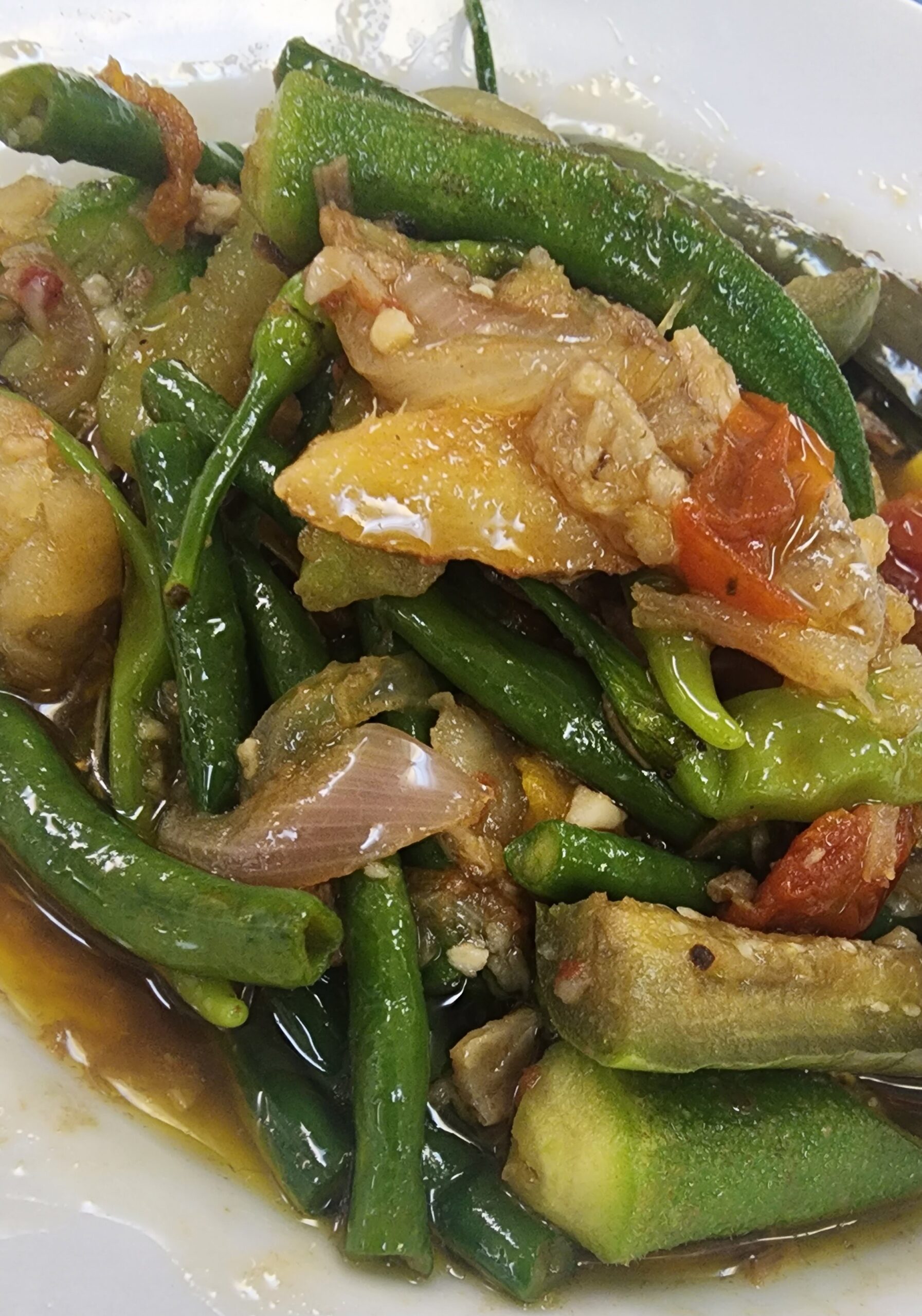
There is so much to look forward to this year.
What started as the Cebu Food and Wine Festival will now be held all over the country. The kick-off will be in Ilocos from Jan. 26 to Jan. 29. I cannot contain my excitement, for the North is home.
Ilocos has so much to offer: white sand beaches, sand dunes, old churches and well-preserved ancestral homes.
For the food lover, it is paradise. No other festival will showcase Ilocano food culture as extensively, in three days, like the Ilocos Food and Wine Festival will.
I am thrilled to share some of the festival highlights, one of which is a Vegetable Fest where one will savor the original pinakbet, like you never tasted before.
Real pinakbet is made with vegetables cooked before they mature.
Looking back, Ilocano food expert and chef Nic Rodriguez reminisced on the pinakbet of his youth that had eggplants the size of his thumb, and were cooked along with the stalks.
Pinakbet vegetables were traditionally torn by hand. The vine ripened tomatoes are squashed, also by hand. While the ginger, garlic and shallots were smashed with a mortar and pestle.
Layering
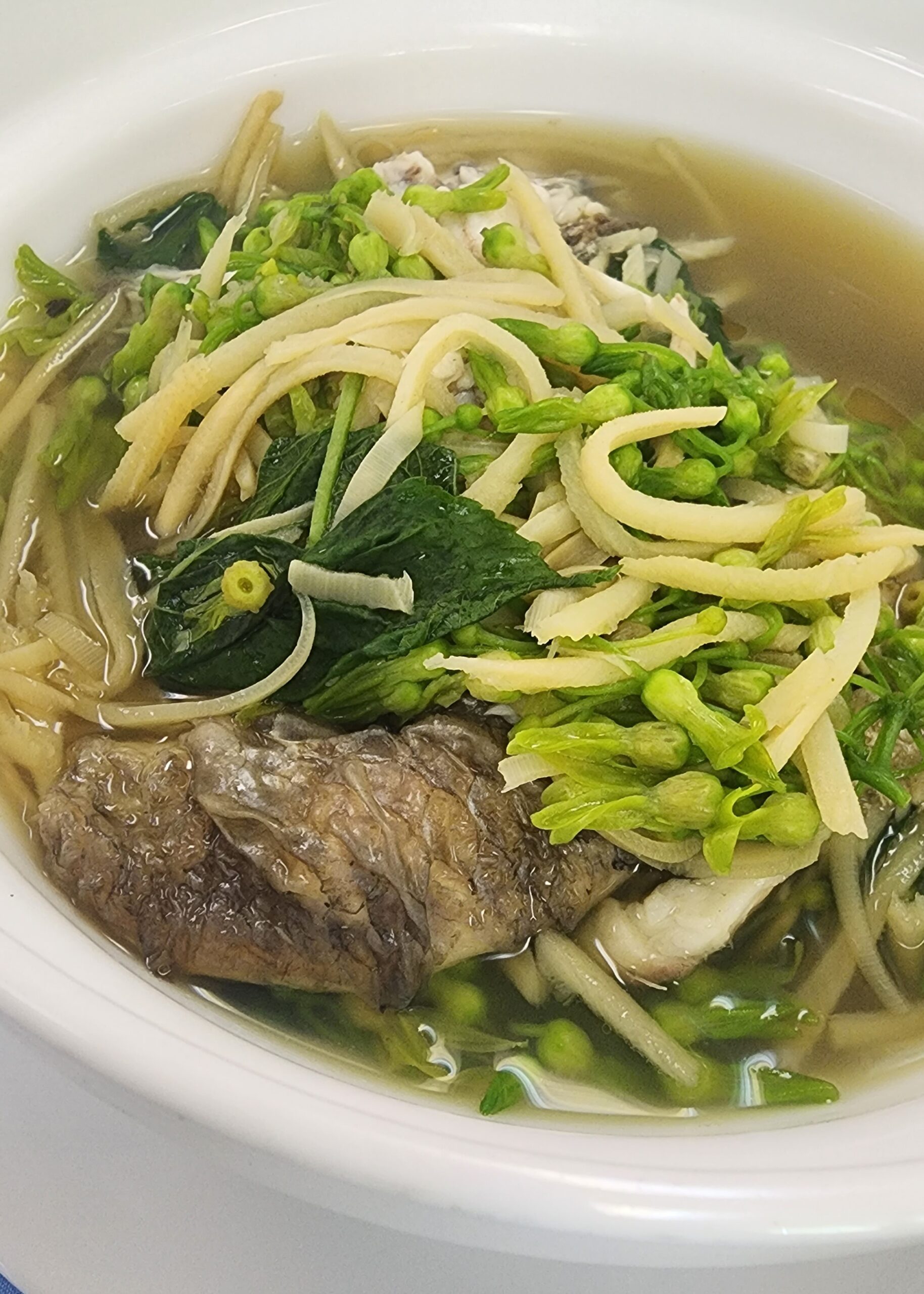
In true Ilocano fashion, the bagnet used for the vegetable dish were often from trimmings.
The proper way to cook it is by layering the vegetables, with the slow-to-cook ones at the bottom. To mix, it is tossed and shaken, not stirred.
There are six principal vegetables in pinakbet: talong, sitaw, okra, siling duwag, ampalaya and native kamote as a sweetener. Depending on the season, there are variations to it, like the addition of kadios or patani.
Our dinengdeng, the popular vegetable soup, is yet another seasonal delight, and a perfect example of a foraged dish. Dinengdeng is also called inabraw in Ilocos Norte, which means “to harvest.”
Freshly picked vegetables are cooked in bagoong, water and a grilled fish, with scales and innards left intact for flavor. The basic staples are the combination of eggplant, ampalaya and squash, but there are many ways to do it.
In May and June, the malunggay fruit becomes the main ingredient. When kamote is added, the dish becomes dinengdeng baradibud. When it rains and uong or wild termite mushrooms are aplenty, ampalaya leaves are paired with it for yet another rendition.
Dinengdeng can also be made with clams, papaya, dahon ng sili, malunggay and ginger. It can even be whipped with crisp fried pork, bamboo shoots and saluyot. The possibilities are endless, and I am just talking about vegetables!
Other festival highlights include the Ilocano lechon, another gustatory masterpiece. It’s stuffed with karimbuaya, a succulent from the euphorbia family. The leaves lend a distinct, tart and light citrusy flavor.
‘Karimbuaya’

Karimbuaya takes away the unpleasant odor innate in pork. With Ilocos native garlic, black pepper and our own local salt, our lechon is truly delectable and one of a kind. It is customary to serve lechon with dinardaraan (Ilocano dinuguan) with okilas (large pork skin cracklings) paired with and dipped in the blood stew.
Another hidden culinary gem is the pinapaitan na baka. For this, beef tenderloin, liver, only the thickest part of the tripe, and the spinal column bone marrow are used with first class gastric juices, extracted by hand from the small intestines.
Goat is another Ilocano specialty, one that Chef Nic cooks impeccably. He was, in fact, often teased in school, told by his classmates that he only eats goat!
Goat will be presented by Chef Nic in all its forms: kilawin kalding, kalderetang kalding and pinapaiitan using the innards.
Lately, the goat innards dinuguan, cooked with pork blood, had become famous—a favorite of former President Rodrigo Duterte and President Bongbong Marcos.
And we also have a coffer full of desserts and rice cakes. Take the dudol, made with ground rice flour, sugar and coconut milk that is stirred until thick for over three hours over very low heat. Sadly, its tedious cooking process might be the reason it has become so hard to find.
We also have tinubong, glutinous rice flour cooked in bamboo with coconut milk and sugar.
Let’s not forget the longganisa of Vigan, sinful for its copious amounts of fat and garlic, and its leaner counterpart from Ilocos Norte.
The empanadas of Vigan with grated papaya and Batac with monggo are a must-try. Their wrappers are also interestingly different. Lately, I even savored a variation with seaweeds.
These and many more culinary surprises await you, so come join me for the Ilocos Food and Wine Festival and Kitchens of the World. Together, let us discover the flavors of the North.
Here’s the schedule of events:
Jan. 26: “Vegetable Fest Lunch” by chef Pam Aragoza, “The Many Ways of Dinengdeng” and “Pork Dishes of llocos” at La Preciosa, Laoag City; “Modern Ilocano” with chef Sigrid Salucop Mckenzie, Sitio Remedios, Ilocos Norte;
Jan. 27: “The Heirloom Dishes of Vigan” by chef Nic Rodriguez, at Casa Vicente, Vigan;
Jan. 28: “llocano American Fusion” by the Stolks, with basi appreciation, at Smoked, Paoay, Ilocos Norte. INQFor a complete itinerary, message Fritzie dela Cruz at tel. +63917-5629370.
Follow @iamreggieaspiras on Instagram and Facebook; reggieaspiras.com.












